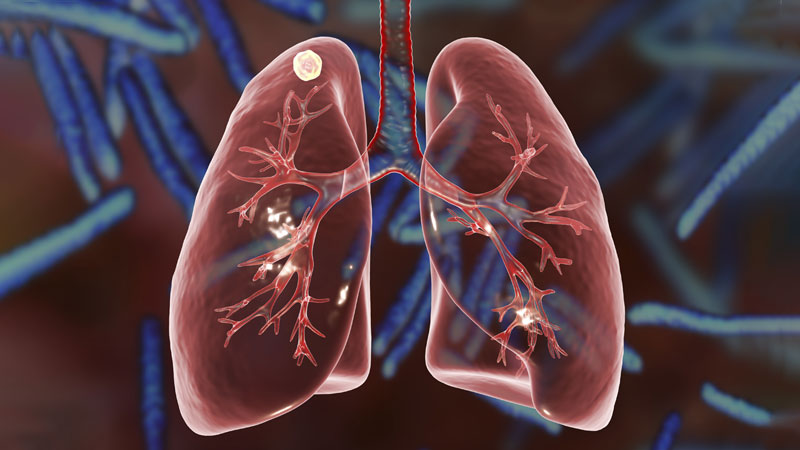Causes and Diagnoses
Causes and Diagnoses of Aspiration Pneumonia
When you eat, muscles push food and liquids from your throat through your esophagus, the muscular tube connecting the mouth to the stomach. The food passes by your pharynx (the upper part of your airway that leads to the trachea and lungs), which is covered by a flap called the epiglottis. If the epiglottis is not tightly closed while you are swallowing, inhaling food and liquids is possible.
Aspiration pneumonia can occur to anyone, but it is most common among people with dysphagia, a swallowing disorder caused by abnormally functioning muscles in the throat and esophagus. Dysphagia is associated with:
- Stroke
- Seizure
- Neurologic disorders
- Muscular dystrophies
- Sedatives, anesthesia or impaired consciousness
- Dementia
- Dental issues and mouth soreness
- Esophageal tumors and other blockages
- Throat cancer, surgery or radiation
- Insufficient saliva from conditions such as Sjögren syndrome
Diagnosing aspiration pneumonia
Diagnosis of aspiration pneumonia will begin with an assessment of your medical history and a physical exam. Tests may include:
- Blood test: Lab tests can determine the type of bacteria causing the infection, which will determine the course of treatment.
- Sputum test: Analysis of the sputum (liquid containing mucus, blood and bacteria) you are coughing up can determine the course of treatment.
- Pulse oximetry: This fingertip device measures the level of oxygen in the blood.
- Chest X-ray: X-ray images can indicate the location and severity of the infection.
- Fiberoptic endoscopic evaluation of swallowing (FEES): An endoscope (a thin, lighted tube with a camera attached to it) is passed through your mouth and esophagus. Your physician can look at pictures of your digestive tract and take a biopsy (tissue sample) for examination under a microscope.
- Esophagram/barium swallow: Special X-rays are taken of your esophagus after you drink barium, a contrast material that coats your esophagus and shows up well on X-rays.
- Pharyngeal manometry: A pressure-sensitive tube is passed through your nose and into your stomach to measure pressure inside your esophagus.



